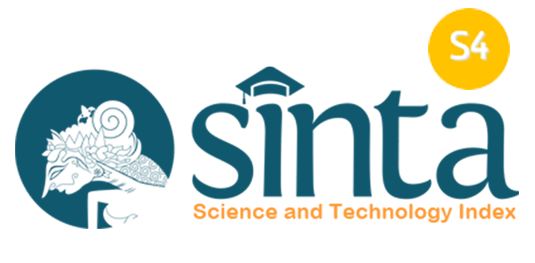Aerobic Exercise Impacts on Metabolic and Hormonal Profiles in PCOS Women: A Scoping Review
DOI:
https://doi.org/10.24843/mifi.000000451Keywords:
Polycystic Ovary Syndrome, aerobic exercise, metabolic profile, hormonal balance, anthropometric outcomesAbstract
Introduction: Polycystic Ovary Syndrome (PCOS) is a complex endocrine disorder commonly linked with insulin resistance, hormonal imbalances, and metabolic dysfunction. Aerobic exercise has emerged as a promising non-pharmacological intervention in PCOS management, with potential benefits across metabolic, hormonal, and anthropometric domains. This scoping review aims to map existing evidence on the effects of aerobic exercise in women with PCOS, focusing on changes in metabolic profile (glucose-insulin regulation, lipid levels, inflammatory markers), hormonal balance, body composition, and quality of life.
Methods: A scoping review was conducted following the PRISMA-ScR guidelines. Eligible studies were peer-reviewed articles published in English between 2013 and 2023, involving women diagnosed with PCOS using established criteria (e.g., Rotterdam), and implementing aerobic exercise as the main intervention. Literature was identified through searches in PubMed, Google Scholar, Scopus, Taylor & Francis, and ProQuest. Studies reporting outcomes related to metabolic, hormonal, anthropometric parameters, and/or quality of life were included. Data were extracted manually and synthesized narratively.
Results: Most studies indicated that moderate to high-intensity aerobic exercise for at least 12 weeks improved insulin sensitivity, reduced androgen levels, and enhanced body composition. Despite variations in exercise protocols, consistent benefits were observed. However, heterogeneity in study design and duration limits cross-study comparisons.
Downloads
Published
Issue
Section
License
Copyright (c) 2025 Yasmin Nusaibah, Wahyuni (Author)

This work is licensed under a Creative Commons Attribution 4.0 International License.







